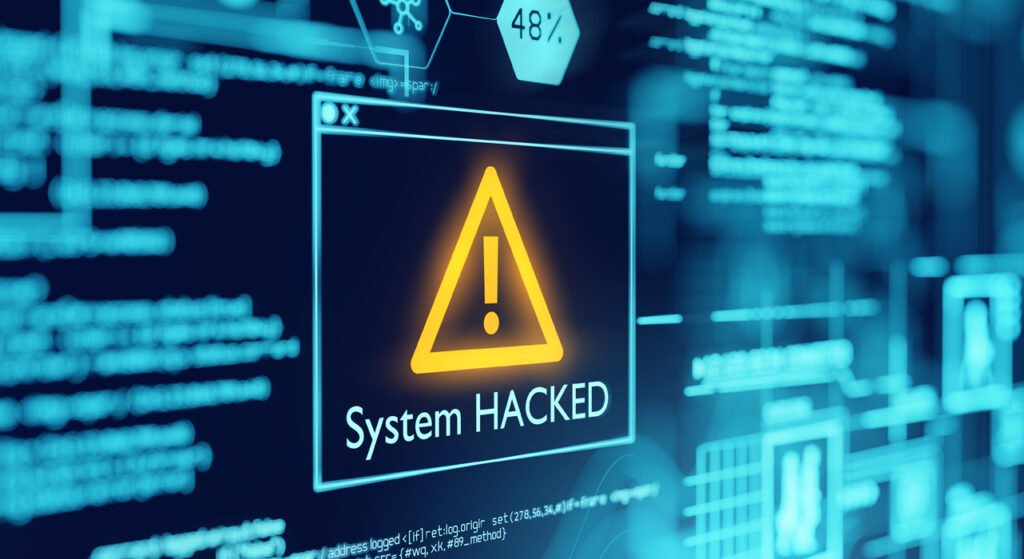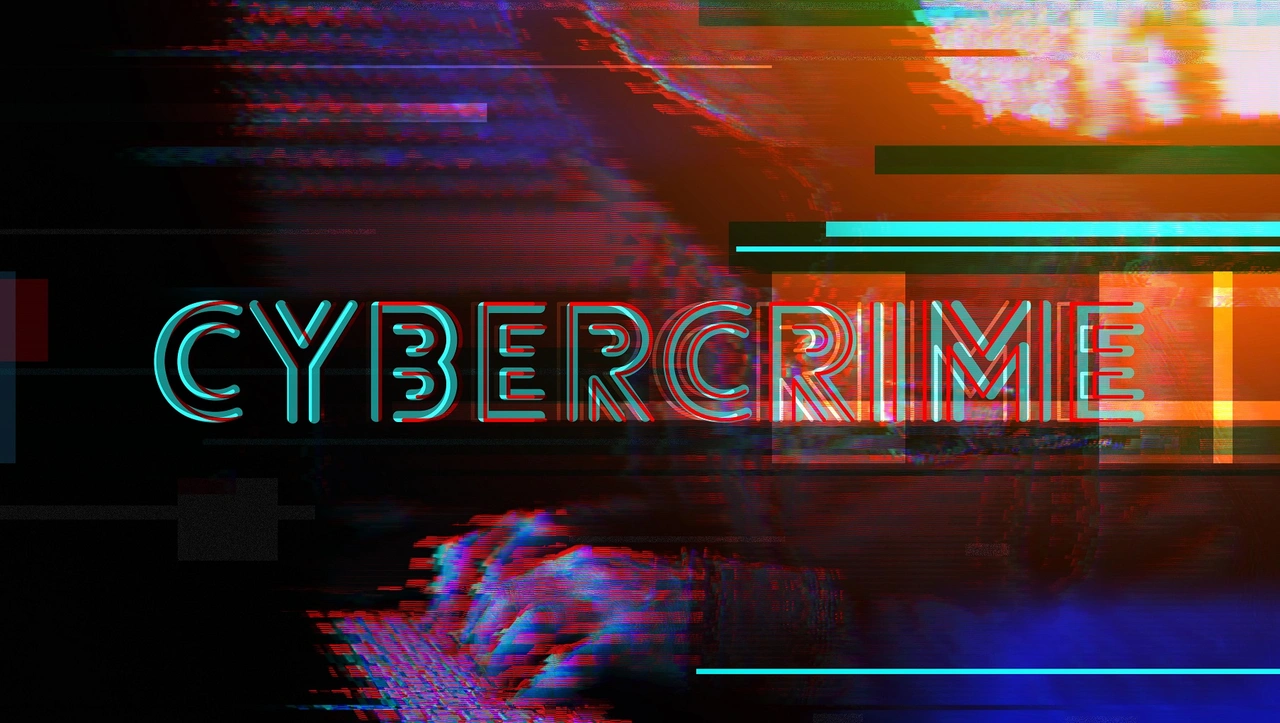Cybercrime in 2025, Cybercrime has exploded in 2025—and it’s not just about stolen passwords or spam emails anymore. From ransomware crippling hospitals to phishing attacks draining bank accounts, the digital battlefield is more dangerous than ever. As our lives become increasingly digitized, cybercriminals are evolving faster, smarter, and more ruthless. So the big question is: is your data safe?
Let’s dive deep into what’s fueling this cybercrime surge and how you can guard yourself in this digital warzone.
How Did We Get Here? The Evolution of Cybercrime
Cybercrime in 2025, Remember when spam emails were the biggest online nuisance? Fast forward to 2025, and cybercrime has become a multi-billion dollar industry. Here’s how things have evolved:
- Early 2000s: Hackers mainly sought bragging rights.
- 2010-2020: Introduction of ransomware, data breaches, and sophisticated phishing.
- 2021-2024: The surge in digital transformation due to COVID-19 made more targets available.
- 2025: AI-powered hacking, deepfake scams, and cross-border cyber warfare have taken over.
Technology gave us convenience, but it also handed cybercriminals a master key to our digital lives.
The Numbers Don’t Lie: A Statistical Look at 2025
Let’s get real. The numbers are terrifying:
- Global cybercrime damage costs are projected to reach $13 trillion in 2025, up from $8 trillion in 2023.
- Over 60% of small businesses have suffered at least one cyberattack this year.
- Ransomware attacks have increased by 85%, and the average payout? A jaw-dropping $1.5 million.
- Data breaches have exposed billions of personal records—from credit card info to medical histories.
Scary, right? The worst part is that many victims don’t even realize they’ve been compromised until it’s too late.
Who’s Behind the Curtain? Meet Today’s Cybercriminals
You might imagine a lone hacker in a hoodie. However, cybercrime in 2025 is highly organized, global, and professional. Here’s who you’re dealing with:
- State-sponsored hackers: Countries are now deploying cyber armies to disrupt infrastructure and steal secrets.
- Cybercrime syndicates: Think mafia, but online—complete with hierarchies and “customer support” for ransomware victims.
- Hacktivists: Politically motivated groups targeting governments and corporations.
- Lone wolves: Skilled individuals running solo heists or selling stolen data on the dark web.
These groups often work together, using encrypted messaging and cryptocurrency to stay invisible.
The New Age of Attacks: What to Watch Out For
Cybercrime in 2025 aren’t just sneakier—they’re smarter. Here are the top threats right now:
- AI-Powered Phishing
AI is now crafting phishing emails so realistically that even seasoned tech pros fall for them. They mimic tone, language, and even employee communication patterns. - Deepfake Scams
Imagine getting a call from your boss asking for sensitive info—only it’s a deepfake. Criminals are using AI to impersonate voices and videos. - Ransomware-as-a-Service (RaaS)
You don’t need hacking skills anymore. For a small fee, anyone can rent ransomware tools on the dark web and launch an attack. - IoT Hijacking
From smart fridges to home security systems, connected devices are being turned into surveillance tools and attack vectors. - Supply Chain Attacks
Hackers now target software vendors or suppliers, infecting thousands of systems through trusted updates and plugins.

Why Are We So Vulnerable in 2025?
It’s easy to point fingers at hackers, but let’s be honest—we’re making it too easy for them. Here’s why:
- Weak Passwords: “123456” is still shockingly common.
- Lack of Updates: Ignoring software updates means leaving security holes wide open.
- Over-sharing: Social media posts reveal more than we realize.
- Remote Work Vulnerabilities: Employees working from unsecured networks are prime targets.
- Underinvestment in Cybersecurity: Many businesses still treat it as an afterthought.
The cybercriminals are leveling up, but many of us are still playing defense like it’s 2010.
What’s Being Done: Global Response to Cybercrime
Cybercrime in 2025, The good news? Authorities are fighting back harder than ever:
- Interpol and Europol have launched global task forces to tackle cybercrime.
- New cybersecurity laws in the U.S., EU, and Asia require stronger data protection practices.
- AI-driven defense systems are being deployed by major corporations to detect and block threats in real-time.
- Public awareness campaigns are educating users on online hygiene.
But the battle is far from over. Cybercriminals are always a few steps ahead, constantly adapting.
How to Protect Yourself in 2025: 10 Must-Do Tips
You don’t need to be a tech wizard to stay safe. Here’s what you can and should do:
- Use a Password Manager – Stop reusing passwords. Use strong, unique ones for every account.
- Enable Two-Factor Authentication (2FA) – Adds an extra layer of security.
- Update Everything – From your phone OS to your Wi-Fi router firmware.
- Think Before You Click – Don’t fall for too-good-to-be-true links or urgent email requests.
- Back-Up Regularly – Use cloud and physical backups to protect against ransomware.
- Secure Your Wi-Fi – Change default router passwords and use encryption.
- Avoid Public Wi-Fi – Or at least use a VPN when you have no choice.
- Educate Yourself – Stay updated on the latest scams and threats.
- Monitor Your Accounts – Check your credit reports and bank statements regularly.
- Limit Sharing on Social Media – Your birthday, pet’s name, or high school could be password clues.
Read More: UPI Payments Hit Another Bump: Third Outage in a Month Frustrates Users Nationwide
Conclusion
The surge in cybercrime in 2025 is no passing trend—it’s a full-on digital epidemic. From billion-dollar ransomware attacks to clever AI-driven scams, the threats are real and rising. But you’re not powerless.
By understanding how cybercriminals operate and taking proactive steps to secure your data, you can stay ahead of the curve. It’s not about paranoia—it’s about preparation.
So, next time you’re online, ask yourself: Is your data safe? If you’re not sure, it might be time to act.










